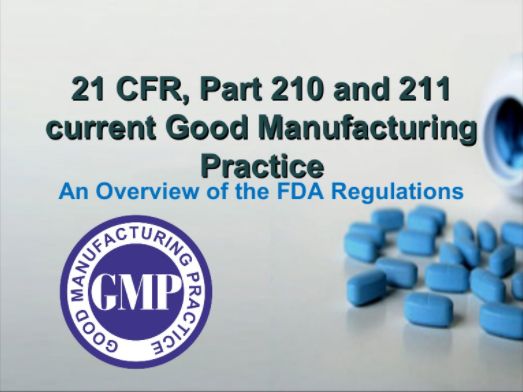Personal Hygiene Checklist for Audit and Routine Practices in Pharmaceuticals
A high level of sanitation and hygiene should be practiced in every aspect of the manufacture of drug products. The scope of sanitation and hygiene covers personnel, premises, equipment and apparatus, production materials and containers, products for cleaning and disinfection, and anything that could become a source of contamination to the product. Potential sources of contamination should be eliminated through an integrated comprehensive programme of sanitation and hygiene.

- Detailed hygiene programmes should be established and adapted to the different needs within the factory. They should include procedures relating to the health, hygiene practices and clothing of personnel. These procedures should be understood and followed in a very strict way by every person whose duties take him into the production and control areas.
- All personnel, prior to and during employment, should undergo health examinations. Personnel conducting visual inspections should also undergo periodic eye examinations.
- All personnel should be trained in the practices of personal hygiene. A high level of personal hygiene should be followed by all those concerned with manufacturing processes.
- Personnel should be instructed to wash their hands before entering production areas. Procedure of hand-washing should be display ,posted and instructions near the washing area and change room entrance.
- Personnel suffering from an infectious disease or having open lesions on the exposed surface of the body that may adversely affect the quality of products should not be allowed to handle starting materials, packaging materials, in-process materials or drug products until the condition is no longer judged to be a risk. Any person shown at any time (either by medical examination or supervisory observation) to have an apparent illness or open lesions should be excluded from activities where the health condition could adversely affect the quality of the Products until the condition is corrected or qualified medical personnel determine that the person’s inclusion would not jeopardize the safety or quality of the Products.
- All employees should be instructed and encouraged to report to their immediate supervisor any conditions (relating to plant, equipment or personnel) that they consider may adversely affect the products.
- Direct contact should be avoided between the operator’s hands and starting materials, primary packaging materials , intermediate or bulk product and the exposed product as well as with any part of the equipment that comes into contact with the products.
- To ensure protection of the product from contamination, personnel should wear clean body coverings appropriate to the duties they perform, including appropriate hair covering. Used clothes, if reusable, should be stored in separate closed containers until properly laundered and, if necessary, disinfected or sterilized.
- Smoking, eating, drinking, chewing and the storage of food should be restricted to certain designated areas separate from the manufacturing areas.
- Smoking, eating, drinking, chewing, and keeping plants, food, drink, smoking material and personal medicines should not be permitted in production, laboratory and storage areas, or in any other areas where they might adversely influence product quality.
- Any unhygienic practice within the manufacturing areas or in any other area where the product might be adversely affected should be forbidden
- Personal hygiene procedures including the use of protective clothing should apply to all persons entering production areas, whether they are temporary or full-time employees or non-employees, e.g. contractors’ employees, visitors, senior managers, and inspectors.
- Personnel should wear clean clothing suitable for the manufacturing activity with which they are involved and this clothing should be changed when appropriate. Additional protective apparel, such as head, face, hand, and arm coverings, should be worn when necessary, to protect intermediates and products from contamination.
- Personnel should practice good sanitation and health habits.
- Hygiene programmes should be promoted by management and widely discussed during training sessions.
